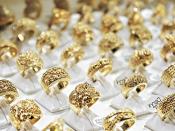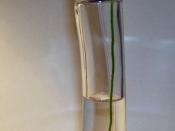Roll No. 101 - 105 Marketing Term Project
BEST PRACTICES
�
INTRODUCTION
Getting to know luxury
"Why do I need to know how the watch market is doing? I'm in the business of luxury"
- Partick Heiniger, CEO, Rolex
Luxury brands have often been associated with the core competences of creativity, exclusivity, craftsmanship, precision, high quality, innovation and premium pricing. These product attributes give the consumers the satisfaction of not only owning expensive items but the extra-added psychological benefits like esteem, prestige and a sense of a high status that reminds them and others that they belong to an exclusive group of only a select few, who can afford these pricey items.
The luxury sector targets its products and services at consumers on the top-end of the wealth spectrum. These self-selected elite are more or less price insensitive and choose to spend their time and money on objects that are plainly opulence rather than necessities.
For these reasons, luxury and prestige brands have for centuries commanded an unwavering and often illogical customer loyalty.
Luxury is a product category in itself. This can be best explained by the fact that both an expensive watch and an artwork can be considered to be luxury items. Therefore, all luxury marketers are not just competing in their 'technically defined' product categories (like manufacturers of refrigerators compete amongst themselves) but for the wallet share of luxury goods in total.
Description of the luxury goods
This category of goods is heavily playing to the consumer experience and treating the consumer well. Goods and services in th7550
e luxury market are constantly expanding with the times, and more and more products are being added to meet the growing desires of the target segment.
Some of the main categories of the luxury goods market include the following...


